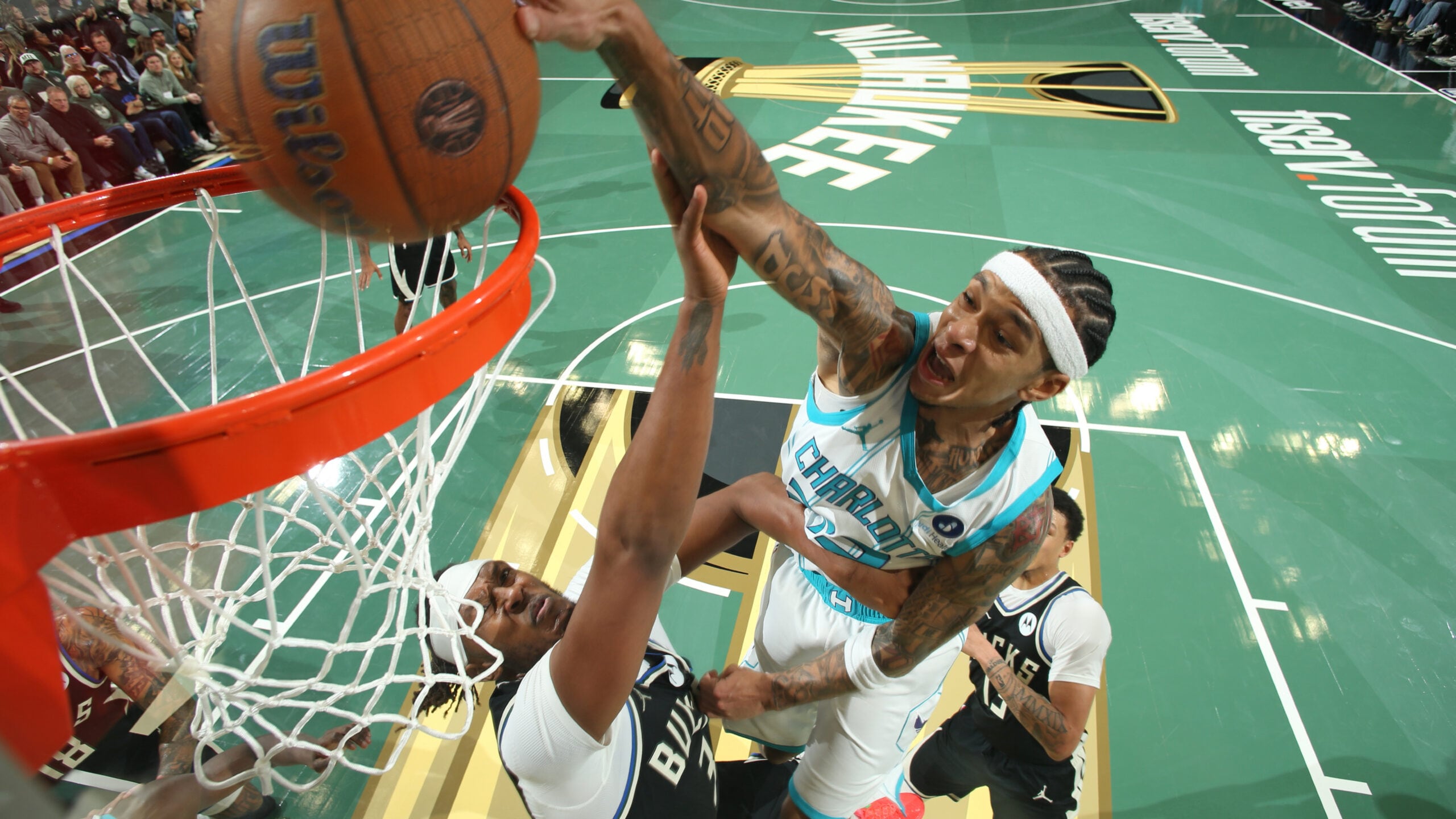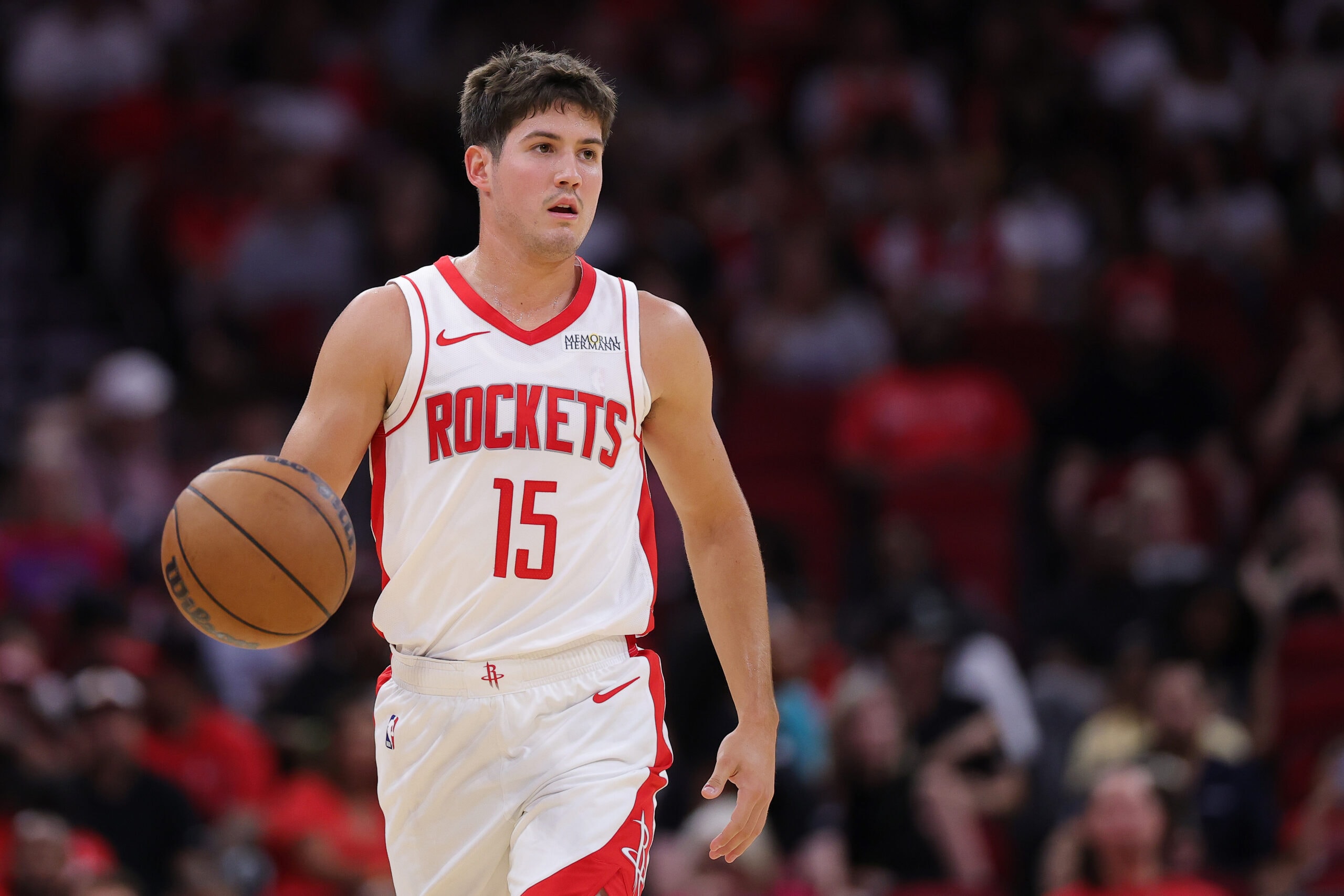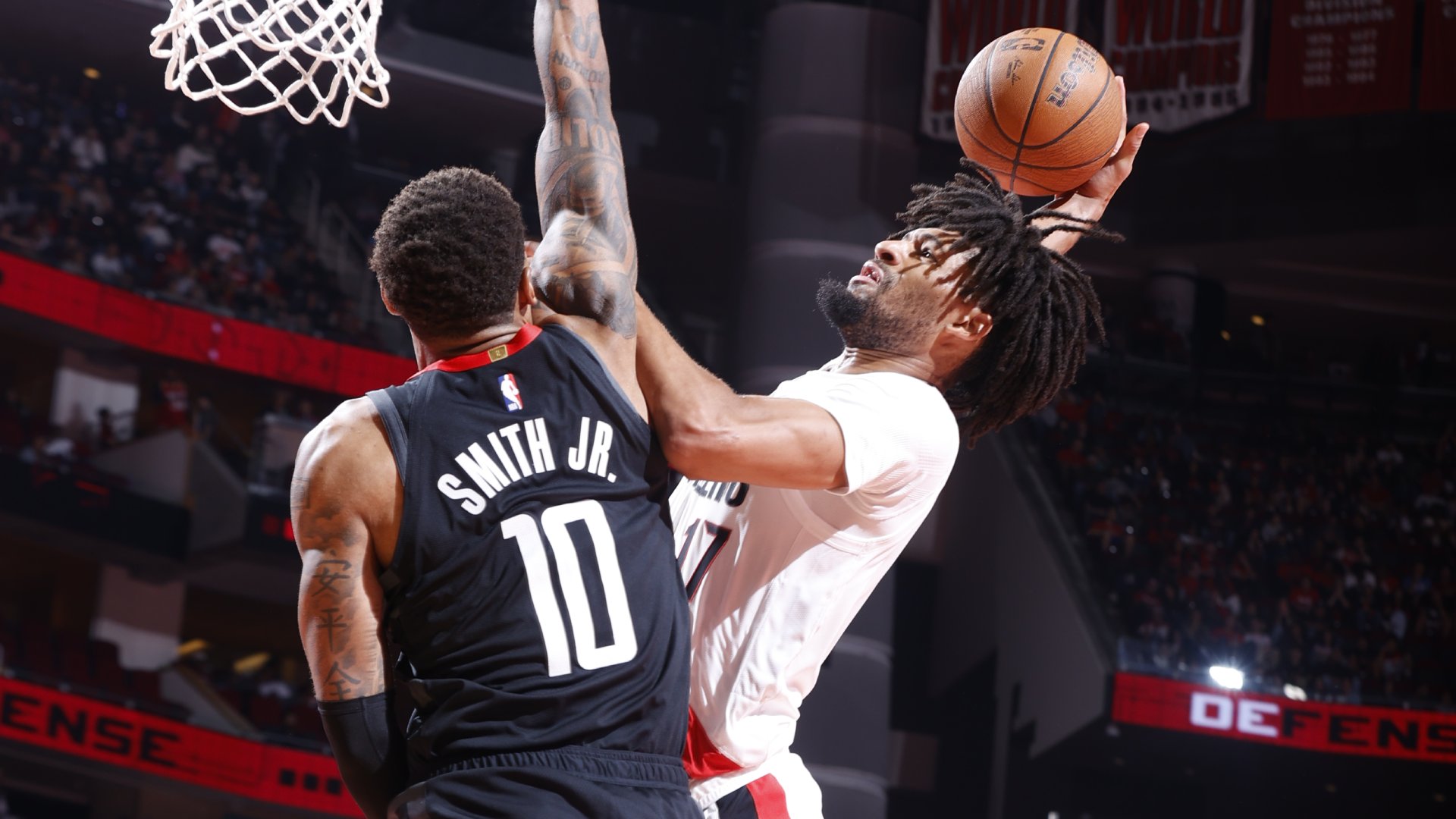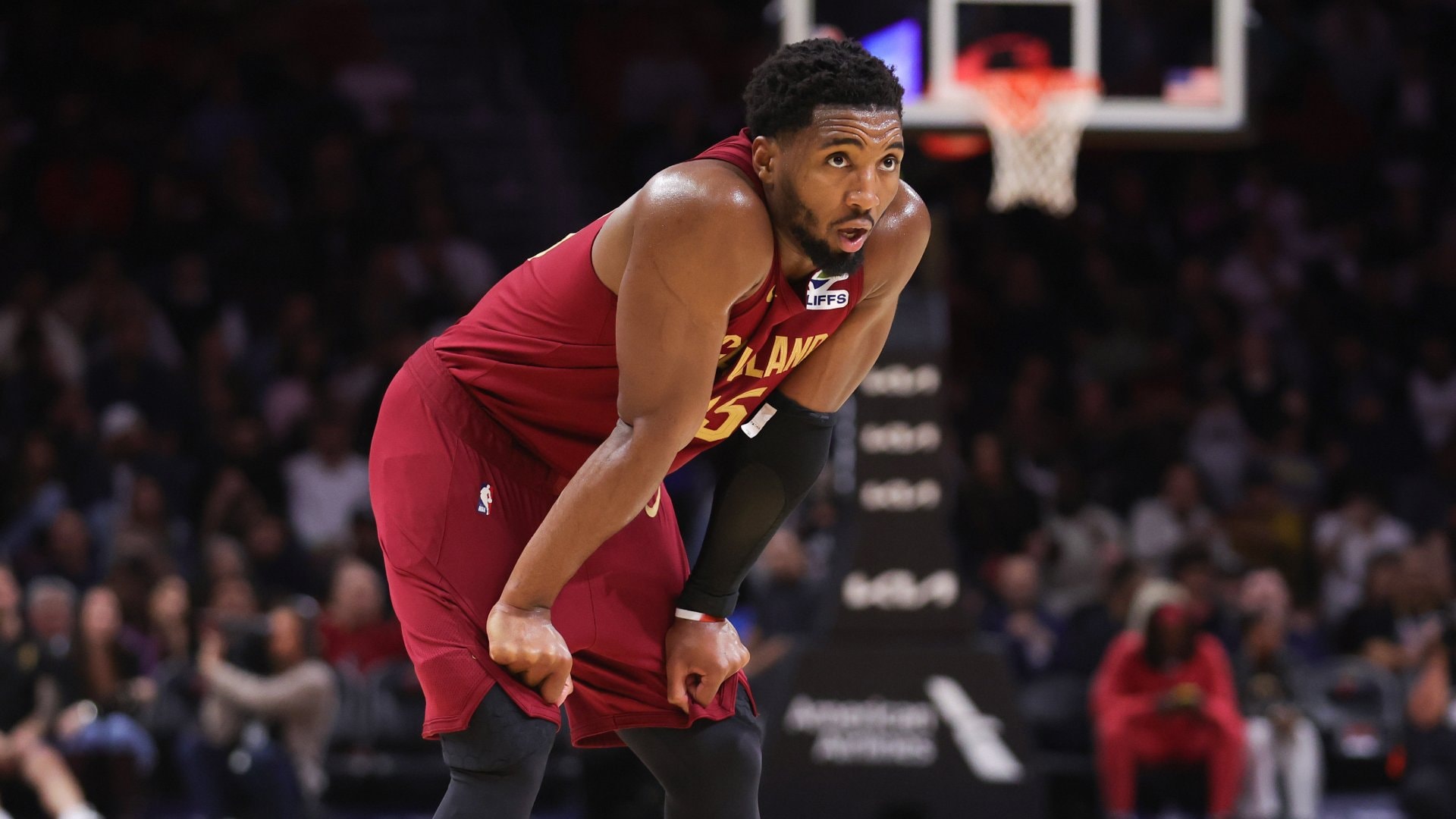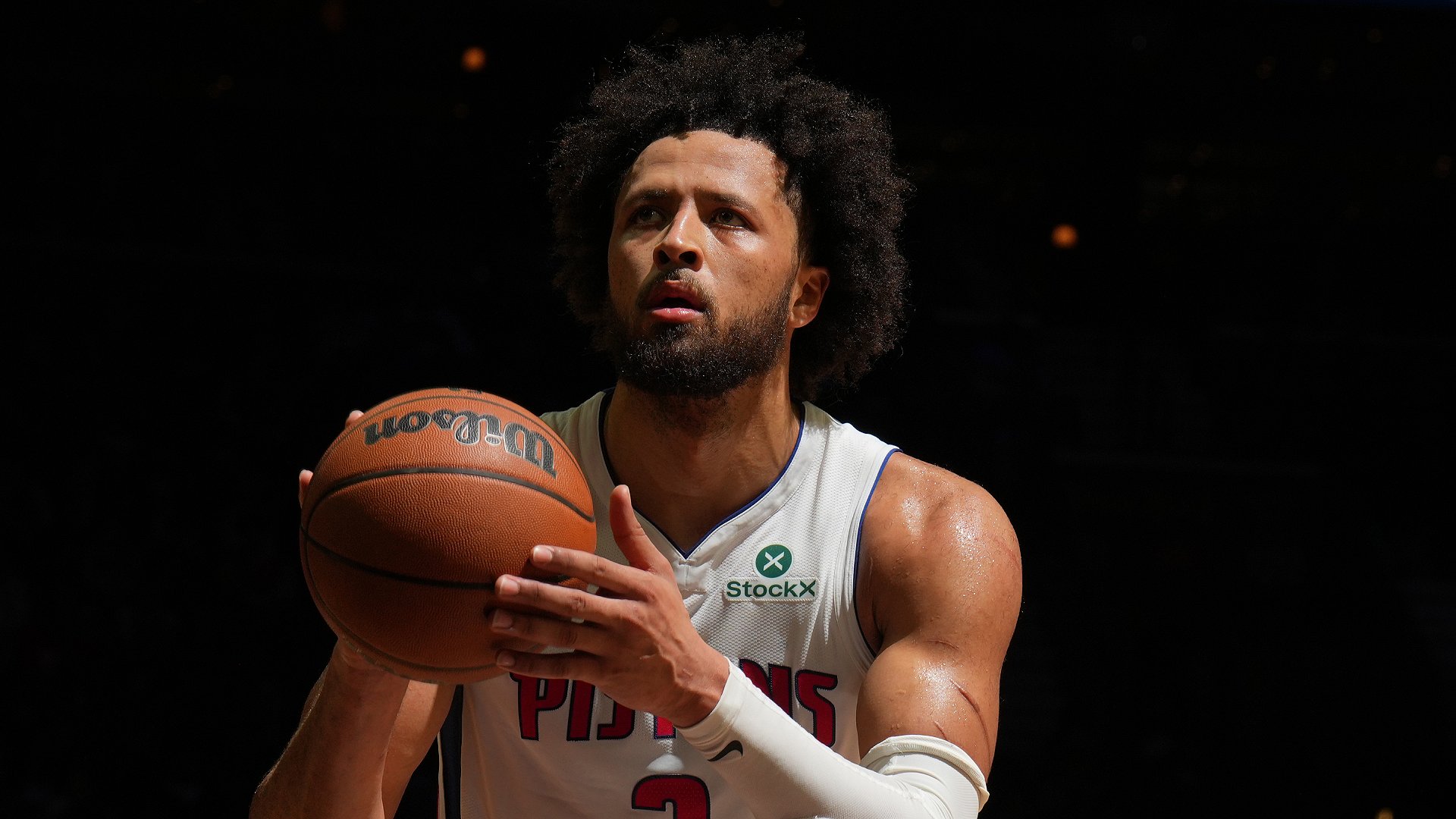The Pacers load up on Shai Gilgeous-Alexander, who commits a game-high 6 of the Thunder's 19 turnovers in OKC's Game 3 loss.
INDIANAPOLIS — You don’t have to be the best defensive team in the league to win the NBA championship. However, even the best offensive teams need to achieve some level of success on defense to win four playoff series.
The 2022-23 Denver Nuggets ranked 15th defensively in the regular season but saved their best (on that end of the floor) for the playoffs. They held the Miami Heat to just a point per possession as they won their last three games and earned their first title.
Two years later, the Indiana Pacers are two wins from their first NBA championship, in part because they played some of their best defense of the season in Game 3 of the NBA Finals.
The Pacers mostly won with offense through the first three rounds, but the league’s best defense will only allow them to be so efficient on that end of the floor. That meant they needed to be at their best defensively to win these games.
Indiana’s pick-and-roll defense was sub-par in Game 2, which was, statistically, the Pacers’ worst defensive game of the postseason (123 points allowed on 97 possessions). They cleaned that up as the series moved to Indiana and then really turned things up down the stretch, coming back from another fourth-quarter deficit to take a 2-1 series lead.
Here are some notes, numbers and film on how Indiana held the Oklahoma City Thunder to the worst offensive quarter of the series for either team (18 points on 24 possessions) …
1. The toughest initiation
The Pacers had one bad defensive possession in the first 11 minutes of the fourth quarter. Shai Gilgeous-Alexander set a “flex” screen (stars and shooters make the best screeners) for Chet Holmgren, who got a layup to put the Thunder up four with 9:44 left. Obi Toppin got hit by the screen, and Andrew Nembhard got caught with his head turned.
Other than that, the Pacers’ screen navigation, switches and rotations were on point. The Thunder’s first two field goals of the quarter were tough, contested buckets from Cason Wallace and Isaiah Hartenstein.
While the Pacers’ defense isn’t nearly as disruptive as Oklahoma City’s, they pressure the ball like no other team. Per Second Spectrum tracking, they’ve applied pressure to the opponent bringing the ball up the floor on 38% of defensive possessions — by far the highest rate in the playoffs. (Orlando was second at 31%.)
Beyond the initial ball pressure, they also made it difficult for the Thunder to initiate their offense with a pass.
After Holmgren’s layup and a 24-second violation on the other end of the floor, Jalen Williams picked up his dribble after crossing midcourt, thinking he would pass to Gilgeous-Alexander. But Nembhard denied the MVP, and then Toppin denied Hartenstein. With Bennedict Mathurin in his shirt, Williams eventually threw the ball away …
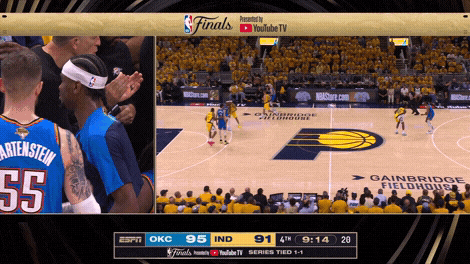
That was one of the Thunder’s 13 live-ball turnovers, the most they’ve committed in the playoffs and the second most they’ve committed all season (101 games).
The next one came on the next possession. After Nembhard scored, T.J. McConnell stole the Thunder’s inbounds pass for the third time, quickly tying the game with a layup …
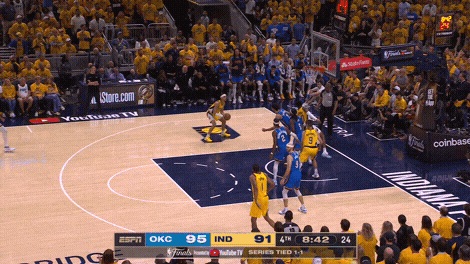
After the Pacers took a 101-98 lead on a Tyrese Haliburton 3-pointer midway through the fourth, the Thunder called a timeout and drew up a play for Gilgeous-Alexander to come off a screen from Lu Dort in the left corner and take a handoff from Hartenstein.
But Dort was unable to screen Nembhard because he got behind Gilgeous-Alexander like they were in a conga line. With Nembhard attached to the intended recipient, Hartenstein instead gave the ball to Dort.
Dort passed the ball to Gilgeous-Alexander and followed with a screen, but Haliburton was able to stay in front of the MVP and force him into a travel …
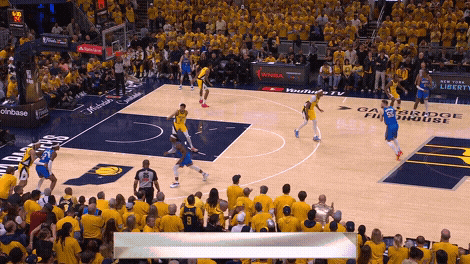
The Thunder set only five screens for Gilgeous-Alexander with the guy that Haliburton was defending in Game 3, down from 14 in Game 1 and eight in Game 2.
2. Turner comes up big
Myles Turner was much more aggressive with his pick-and-roll coverage in Game 3. Per Second Spectrum tracking, he used “blitz” or “show” coverage on 17 (52%) of the 33 ball-screens or handoffs for which he was the screener’s defender, up from 20% (11/55) through the first two games.
That resulted in some layups and open corner 3-pointers for the Thunder earlier in the game. But like the rest of the Pacers, Turner was at his best defensively in the fourth quarter.
Midway through the fourth, he defended a Hartenstein screen for Williams beyond the 3-point line, but recovered quickly enough to prevent Hartenstein from getting a clean shot. Three possessions later, he stuffed Chet Holmgren’s one-on-one drive.
Then, with a little more than two minutes left and the Pacers up six, Turner might have had the biggest defensive possessions of his career.
He again ventured well beyond the 3-point line on a Holmgren screen for Gilgeous-Alexander, but Haliburton was there to keep Holmgren from rolling to the rim. Turner got back to his man and remained in the paint to help on a Williams drive …
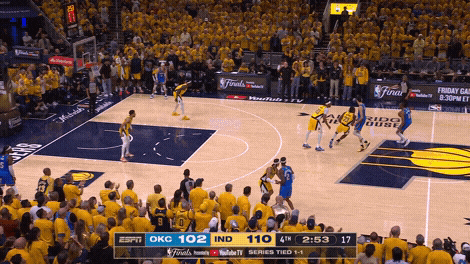
On the next possession, when Williams kicked the ball to Holmgren, Turner closed out and blocked Holmgren’s 3-pointer. Holmgren recovered the ball, but Turner smothered another drive to the rim …
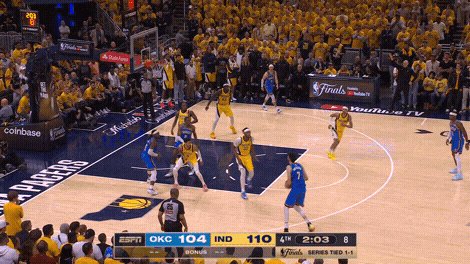
Turner’s five blocks on Wednesday tied his career-high for a playoff game and were the most for any player in a Finals game in the last three years. Overall, the Pacers were better with him off the floor in Game 3, but he came up with some big plays in the biggest moments.
3. Nesmith’s navigation
No matter the coverage from the screener’s defender, it’s important for the ball-handler’s defender to avoid getting hit hard by the screen. That was an issue for the Pacers at times in Game 2, but Aaron Nesmith’s incredible screen navigation led to another big stop in the fourth quarter on Wednesday.
After he put the Pacers up eight by draining a huge, catch-and-shoot 3-pointer with 3:03 left. Nesmith picked up Williams in the backcourt and dodged two Holmgren screens, one in the backcourt and another at the logo. By going under the screens, he kept Williams from getting downhill against Turner.
A third Holmgren screen made contact, but Nesmith used a defensive-lineman’s “swim” technique to get around the big man, and (with some help from Turner) he was able to scramble back in front of Williams before he could get to the rim …
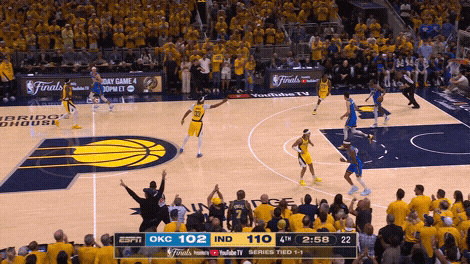
Nesmith kept the pressure on, and when Williams tried to spin away from his defender, Pascal Siakam was there with an extra pair of hands, forcing another live-ball turnover …

The Pacers aren’t the Thunder on defense, but they get after it defensively. They turned it up in the final 12 minutes of Game 3, still haven’t lost two straight games in more than three months and now have a huge Game 4 on Friday (8:30 p.m. ET, ABC).
* * *
John Schuhmann is a senior stats analyst for NBA.com. You can e-mail him here, find his archive here and follow him on X.
The views on this page do not necessarily reflect the views of the NBA, its clubs or Warner Bros. Discovery.





